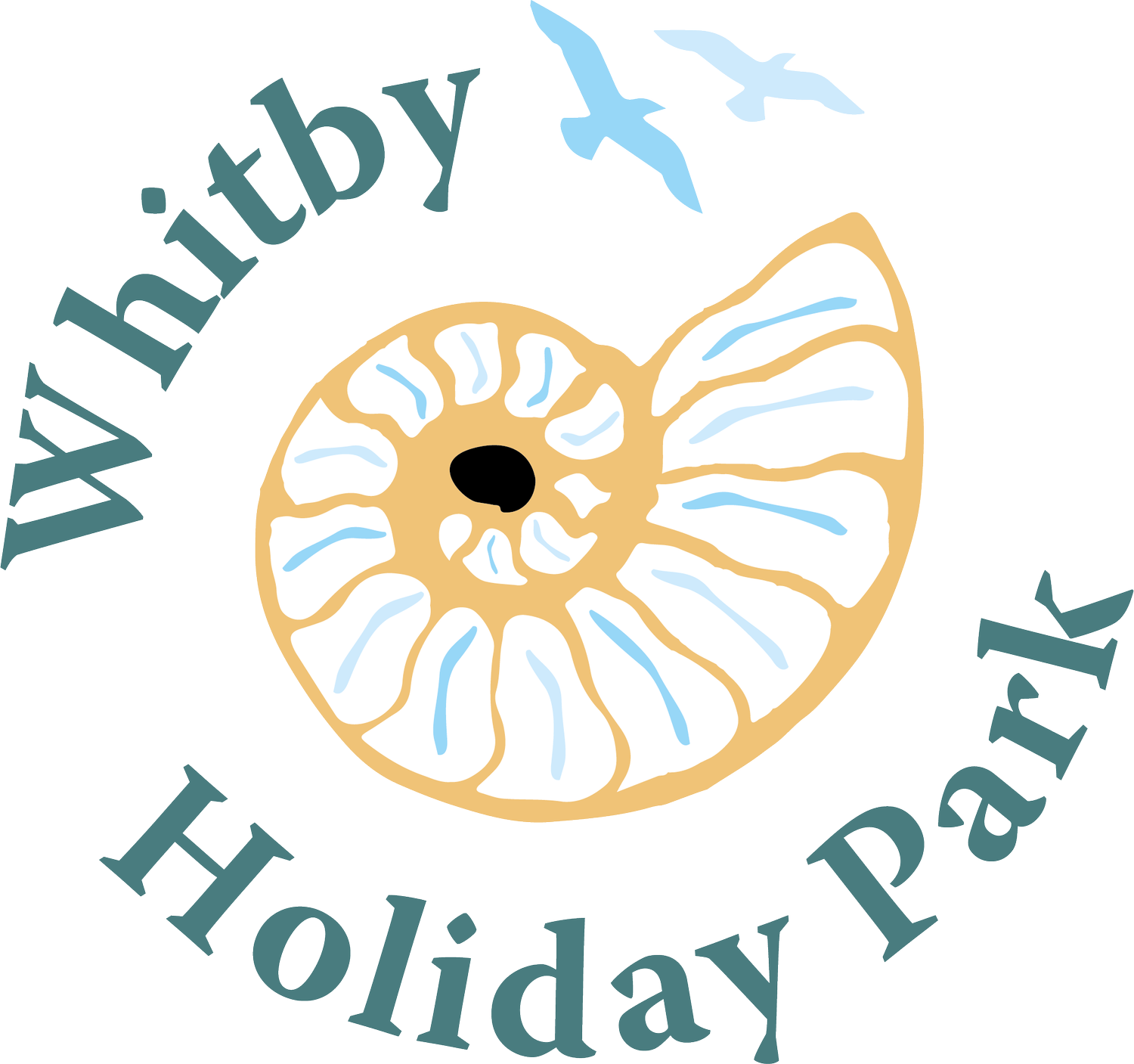Whitby Walk with Heritage Trail
When you walk around Whitby you will see several sculptures dotted around the town. These sculptures have been inspired by Whitby’s rich and historic fishing heritage.
The trail features nine unique life size sculptures which were created by a local sculptor Emma Stothard.
The heritage trail order, where to find the statues and what they represent:
1. Penny Hedge (Church Street) – an ancient local custom (dating back to 1159), held on the eve of Ascension Day – the annual ceremony of the Horngarth or the Planting of the Penny Hedge.
2. Bridgender (east side of the Swing Bridge) – look out for the fisherman leaning against the harbour railings, sharing his knowledge, ‘looking at the weather’ before determining to set sail out to sea.
3. Fish Wife (west side of the swing bridge, next to railings) – depicting the life of a fisherman’s wife who carried out a long day’s work in preparation of support to her husband. She would gather and skein mussels and make preparations for baiting the long lines for the following days fishing. She would also sell fish directly to the public before returning home to look after her family, prepare meals and keep up with all the general household chores.
Fish Wife
4. Net Mender (bottom of Flowergate) – the net menders were a regular sight to see around the harbour, repairing their nets after a long day out at sea, in all weathers. If the fishing gear was damaged it needed immediate repair – otherwise, no work the next day meant no pay!
5. Gansey Knitter (St. Hilda’s Terrace, outside Flowergate Church) – the ‘gansey’ knitted by the fishermen’s wives were made from tightly spun 5-ply worsted wool, knitted on 4 needles (with no seams) to protect the fishermen from the strong elements out at sea. Each town/village had its very own distinctive pattern. If a fisherman was lost/found injured at sea, his gansey would help identify where he was from.
6. Frank Meadow Sutcliffe (top of Skinner Street, opposite West Cliff Church) – our very own famous local Victorian photographer captured the very essence of everyday life, particularly that of the local fishermen and their families. Recognised as being one of the finest photographers of his day, for which he won many awards from the world-wide exhibitions, his skill is still most evident through his collection of photos depicting daily life for the local fishing fraternity.
7. Crow’s Nest with lookout (West Cliff, by the paddling pool) – invented in 1807 by William Scoresby Jnr., the crow’s nest afforded some protection from the harsh weather conditions that the ship’s navigator endured at the very top of the main mast! Although its invention was welcomed, nevertheless, the crow’s nest is somewhat a very different experience from the shelter afforded by the wheelhouses that today’s modern boats offer.
8. Skipper Dora Walker (West Cliff, by the Sunken Garden) – Dora (1890-1980) was famous for being noted as the very first female fishing boat skipper on the North East coast. She was also an author who penned her memoirs of nursing in WWI and she also wrote from her perspective about the history of the fishing communities in Whitby and on the North East Coast. Dora also owned and skippered her very own boat.
Skipper Dora
9. Herring Lasses (Bandstand) – from the early 1900s up to WWII when the welcome sight of the fishing fleet arrived in the harbour, the herring lasses (who travelled the East Coast) would be ready and waiting to start gutting and packing the day’s catch. Generally working in teams of three, two girls would gut and salt the herrings whilst the third girl packed the fish neatly and specifically in to barrels. The girls had to work as long as it took to get the work completed (which could be up to 15 hours) as the whole catch had to be gutted, salted and barrel packed in the same day.


